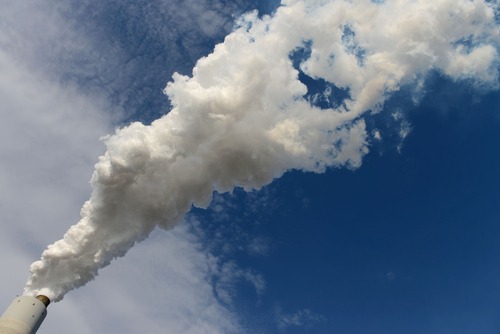
According to a new report by the Independent Fiscal Office (IFO), Pennsylvania remains the country’s leading producer and exporter of energy.
The report looked at data published by the U.S. Energy Information Administration and found that Pennsylvania was the largest net exporter of electricity in the country. The state exported 85.5 million megawatt hours, which was 79.9 percent higher than the second-largest exporter of energy, Alabama, with 30.3 million megawatt hours.
The state produced 241.6 million megawatts of electricity from natural gas, coal, nuclear, and other sources. The state also consumed 156.2 million megawatts of electricity, leaving 35.3 percent of the energy to export. Only West Virginia, with 46.1 percent, had a higher percentage of energy exported among those in the Appalachia region.
Pennsylvania was also the largest regional producer of electricity. The state generated more than 127 million megawatts of natural gas electricity and more than 75 million megawatts of nuclear electricity, more than any other state in the region. Only Ohio and West Virginia (with more than 45 million megawatts and more than 59 million megawatts, respectively) exceeded Pennsylvania’s coal-based electricity production.
The report also found that Pennsylvania’s average price for electricity fell by 0.5 percent – from 13.86 cents per kilowatt hour in 2016 to 13.79 cents per kilowatt hour n 2021. Researchers attributed the price reduction to increasing natural gas production, which provided a relatively low-cost input for electricity generators in the state. The share of Pennsylvania plants using natural gas increased from 28 percent in 2016 to 53 percent in 2021.
Prices in New York, New Jersey, Massachusetts, and Connecticut were higher than those in Pennsylvania, while rates in Maryland, Ohio, West Virginia, Virginia, and North Carolina were lower. North Carolina, the lowest, boasted electricity rates at 11.50 cents per kilowatt hour, while Massachusetts had rates of 22.91 cents per kilowatt hour.
The report also found that even though electricity generation rose, net emissions in the state fell. In 2016, the state produced 226.1 million megawatt hours of electricity, compared to 241.6 million megawatts in 2021. But net emissions fell from 129.3 million metric tons of carbon dioxide emissions in 2016 to 81 million metric tons of emissions in 2021.
Researchers attributed the reduction in emissions to a significant switch from coal to natural gas in the state’s electricity generation mix.